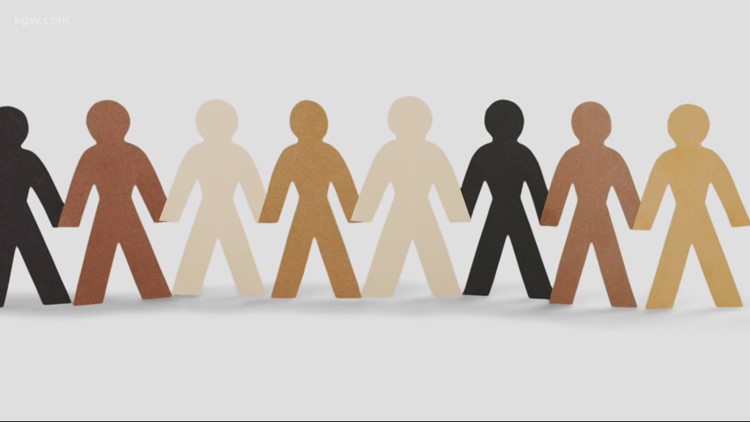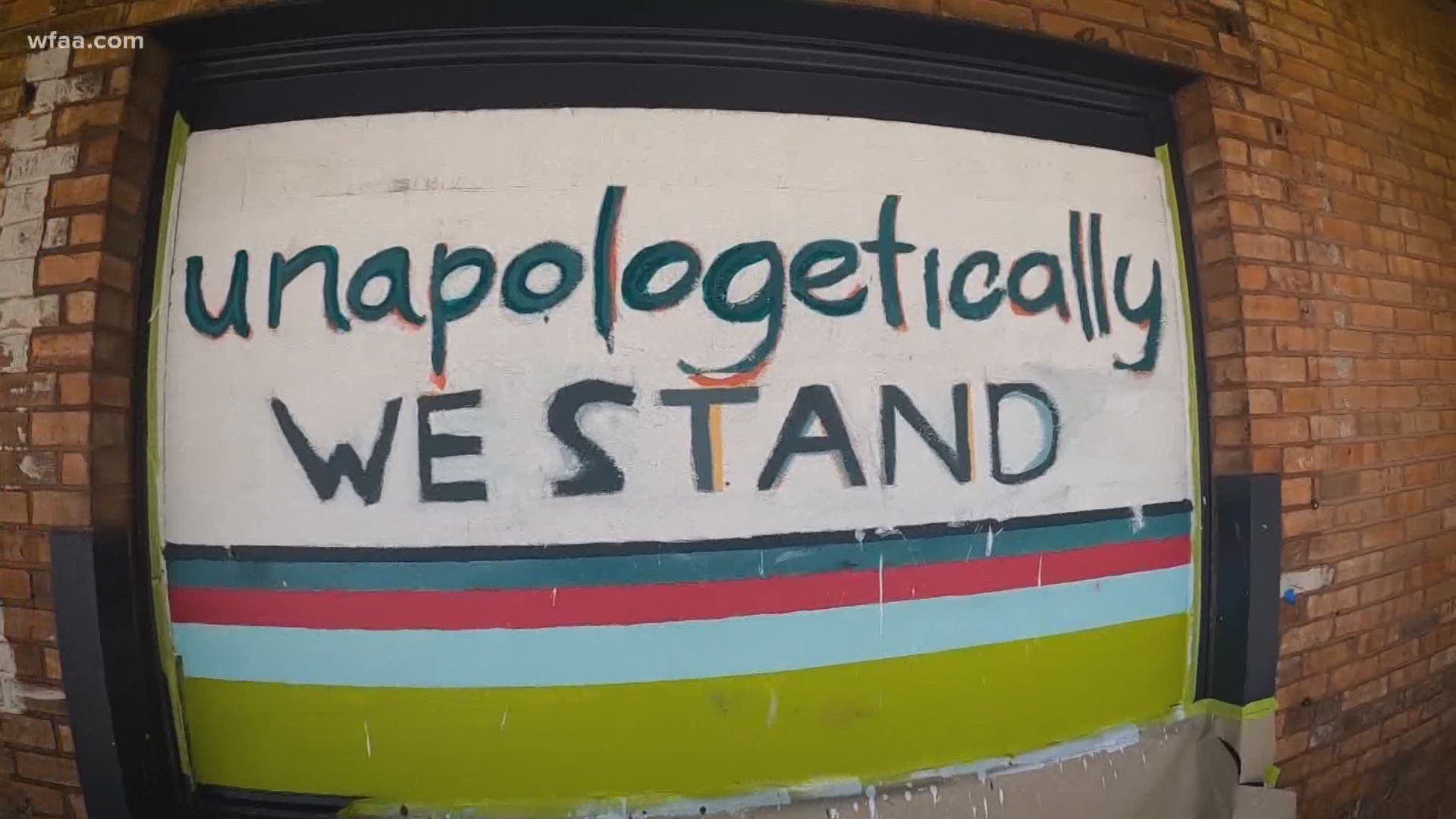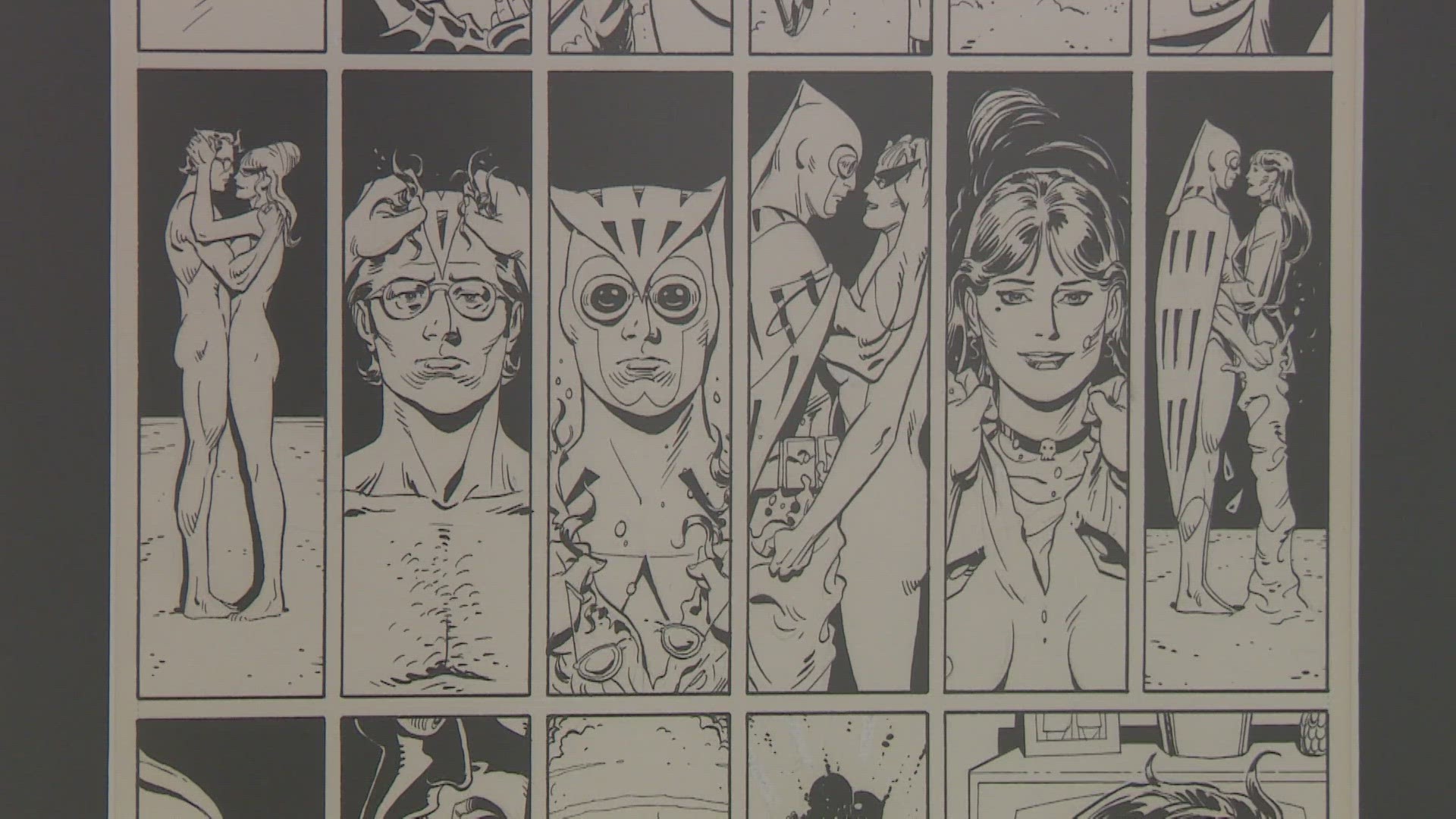Dallas residents will get the chance to learn about the history of redlining and racial policies through a virtual exhibit tour starting next week.
The virtual exhibit will examine racial government policies in four "Undesign the Redline" virtual exhibit tours put on by the City of Dallas Office of Equity and Inclusions, Equity Division.
The project, which is a national, traveling art and design exhibit created by design studio WE, explores the history of systemic racism and the future of undoing structural inequities, WE said. Four of the virtual tours are scheduled to take place between Oct. 6 through Nov. 12.
The exhibit visited Dallas last year.
"We are thrilled that community members have requested that the Office of Equity display the Undesign the Redline exhibit again – this time on a virtual platform," Chief of Equity and Inclusion Liz Cedillo-Pereira shared.
The city seeks to close disparities and gaps within the community, Cedillo-Pereira said.
General admission to the virtual exhibit is free. Go here to sign up and select one of the following dates:
- 6 to 7:30 p.m. Tuesday, Oct. 6
- 11:30 a.m. to 1 p.m. Saturday, Oct. 10
- 6 to 7:30 p.m. Thursday, Oct.22
- 11:30 a.m. to 1 p.m. Thursday, Nov.12
Undesign the Redline includes a diverse, local community advisory board that helped localize the exhibit in a months-long project with city staff.
The exhibit discusses how explicit racism became structural, shows the maps created during the New Deal era that still have effects today, describes the human experience with redlining and explains how to participate in policies and practices that could undesign the legacy.
In 1935, Home Owners' Loan Corporation compiled a map of 239 cities indicating the risk of real estate development in various neighborhoods in each city, WE said.
The maps, which have since been declassified, showed the city's investment security through green (A), blue (B), yellow (C), and red (D).
Properties in the A zones were designated as the safest for real estate investment, while D neighborhoods, which were populated largely by African Americans and immigrants, were considered high risk for investors.




